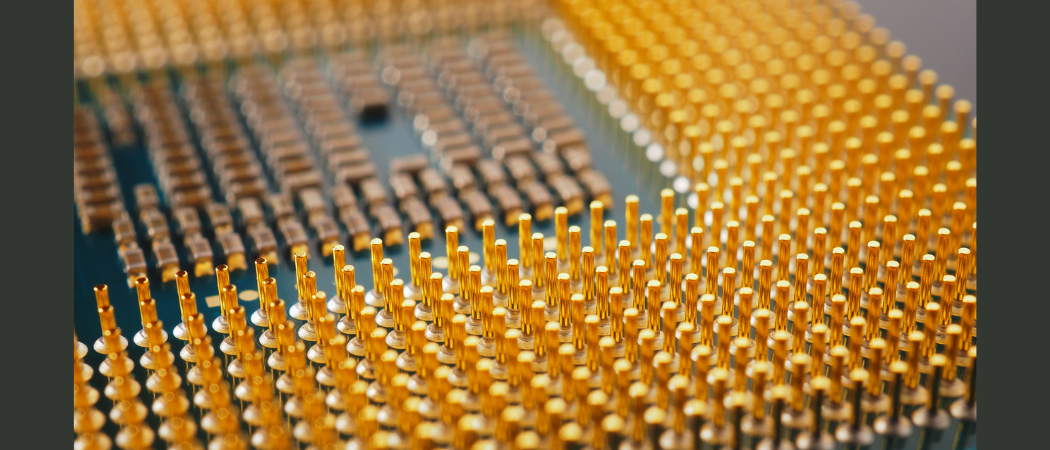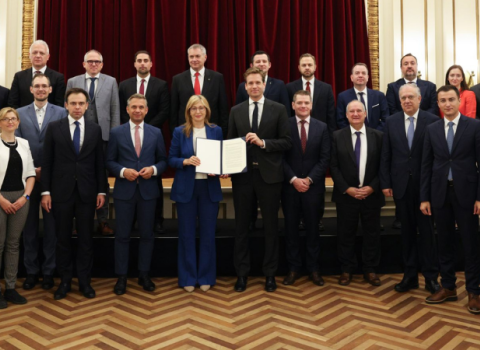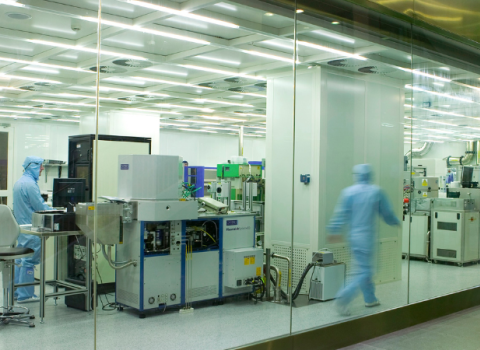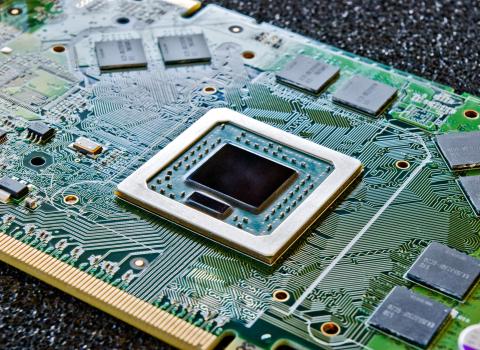The Chips joint undertaking is a rebrand of the Key Digital Technologies partnership, with a bigger budget and more responsibilities

The European Chips Act entered into force in September, and key to its aim of securing Europe’s supply of semiconductors is a new Chips joint undertaking (JU), which arrives on the stage with a significant budget and a long to-do list.
The target is for the EU to double its global semiconductor market share to 20% in 2030, with the various initiatives that are part of the Chips Act mobilising €43 billion in public and private investment to achieve this. That includes €3.3 billion from the EU budget, which is expected to be matched by member states.
One specific ambition of the Chips JU is to bridge the gap between research and industry, and make Europe less reliant on China and elsewhere for semiconductors. It is not a completely new body, but rather a rebranding of the Key Digital Technologies partnership, with an increased budget and more responsibilities.
Industry as well as national authorities have already expressed an interest in making significant financial commitments of their own to boost innovation in semiconductors, said Yves Gigase, the acting executive director of the Chips JU, outlining the scope of the programme in an interview with Science|Business.
The Chips JU will have a total budget of nearly €11 billion, of which €4.2 billion will come from the EU budget, up from €1.8 billion previously.
Of the €4.2 billion, €1.3 billion will come from Horizon funding unrelated to the Chips Act; €1.425 billion in Horizon funds are specifically linked to the act; and €1.45 billion will come from the Digital Europe programme.
Chips JU will be officially launched in Brussels on 30 November and 1 December, and the intention is to launch the first calls for projects by the end of the year.
A new executive director to oversee the Chips JU will take up the reins on 16 October. Apart from that, it will consist of “the same people and the same organisation” as the Key Digital Technologies partnership, but with the expanded scope, said Gigase.
The Chips JU will continue to fund the same kinds of projects as before, with several additions including the setting up of pilot lines, the development of a cloud-based design platform, the establishment of competence centres and quantum chips.
“The size of the pilot lines is generally much larger than the projects we’ve handled until now,” said Gigase. These will be used for prototyping and testing.
The projects will continue to be part of Horizon Europe, but the partnership will also use the Digital Europe programme to implement capacity building actions, since the pilot lines and design platform require significant investment in equipment.
Proposing new projects
The public and private organisations already involved in the joint undertaking are expected to continue to propose new projects, while efforts will be made to ensure the role of SMEs is maintained. The additional focus on quantum technology will open up the Chips JU to other stakeholders.
The partnership will target not just chip manufacturers, but also user industries in transport, healthcare, communication, and manufacturing, to develop chips that suits the needs of these sectors.
Gigase also stressed the importance of the competence centres, which will facilitate access to pilot lines and the design platform, provide training, and offer support in finding investors. The aim is to have at least one centre per member state and to help SMEs in particular to improve design capabilities and develop skills.
“We hope these competence centres will function as a gateway, but also as a learning centre,” Gigase said. “It’s extremely important for our sector to increase the skilled workforce.”
Kari Leino, chair of the public authorities board of Chips EU, said, “The programme seeks to bolster manufacturing activities within the EU, foster the growth of the European design ecosystem, and support the scaling up and innovation across the entire value chain.”
The EU will also set up a Chips Fund to facilitate access to debt financing and equity, in particular for start-ups, scale-ups, SMEs and small mid-caps. This will not be implemented by the partnership but by the European Innovation Council and InvestEU.
“We are becoming an industrial powerhouse in the markets of the future – capable of supplying ourselves and the world with both mature and advanced semiconductors,” Internal Market Commissioner Thierry Breton said when the Chips JU came into force on 22 September.
With the Chips Act, the EU also wants to attract investment in advanced production facilities. Those which are ‘first of a kind’ in Europe can be classed as either ‘open EU foundries’ – facilities that design and produce components mainly for other industrial players – or ‘integrated production facilities’ – which design and produce components that serve their own market. These will be eligible to receive state aid and fast-track permitting.
In addition to boosting R&D and manufacturing capabilities, the EU also aims to improve the monitoring of supply and demand. A semiconductor alert system has been set up to warn of potential problems in the supply chain. The Commission will be able to activate a crisis stage, allowing it to take specific measures, including common purchasing and obliging manufacturers to prioritise orders to supply critical sectors.





 A unique international forum for public research organisations and companies to connect their external engagement with strategic interests around their R&D system.
A unique international forum for public research organisations and companies to connect their external engagement with strategic interests around their R&D system.